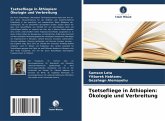
Broschiertes Buch
16. Oktober 2024
Verlag Unser Wissen

Broschiertes Buch
15. Februar 2016
LAP Lambert Academic Publishing
Broschiertes Buch
16. Oktober 2024
Ediciones Nuestro Conocimiento
Broschiertes Buch
16. Oktober 2024
Edizioni Sapienza
Broschiertes Buch
16. Oktober 2024
Editions Notre Savoir
Broschiertes Buch
16. Oktober 2024
Edições Nosso Conhecimento
Ähnliche Artikel

Broschiertes Buch
Epidemiologie und Kontrollmethoden
14. Oktober 2024
Verlag Unser Wissen
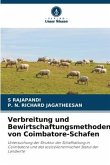
Broschiertes Buch
Untersuchung der Struktur der Schafhaltung in Coimbatore und des sozioökonomischen Status der Landwirte
27. August 2023
Verlag Unser Wissen
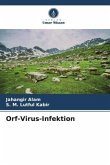
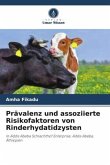
Broschiertes Buch
In Addis Abeba Schlachthof Enterprise, Addis Abeba, Äthiopien
31. Januar 2024
Verlag Unser Wissen
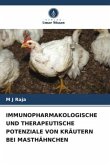
Broschiertes Buch
13. Juni 2022
Verlag Unser Wissen
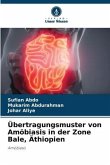
Broschiertes Buch
Amöbiasis
28. April 2023
Verlag Unser Wissen
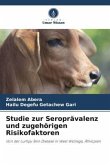
Broschiertes Buch
Von der Lumpy Skin Disease in West Wollega, Äthiopien
2022
Verlag Unser Wissen

Broschiertes Buch
Hühnerzucht durch Kleinbauern in Zentraläthiopien
24. Dezember 2024
Verlag Unser Wissen
Ähnlichkeitssuche: Fact®Finder von OMIKRON
